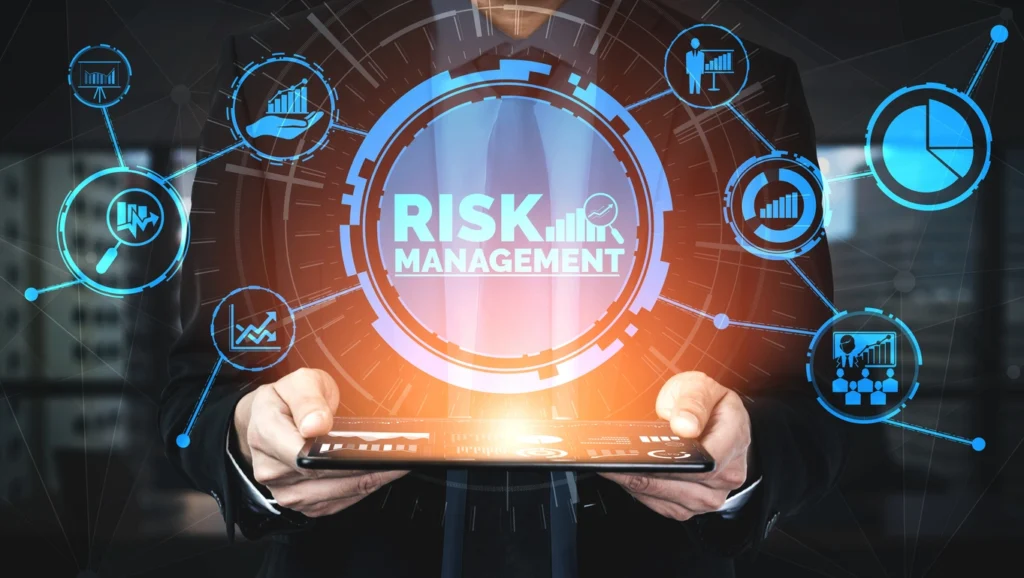The Transaction Screen Assessment (TSA) report is the culmination of the ASTM TSA process. It meticulously documents findings from the questionnaire, records review, and potential site visit. This report serves as a crucial tool to inform and guide decision-making in real estate transactions.
A well-structured TSA report offers more than just a collection of data. It provides a systematic analysis of potential environmental risks associated with a property. Within the report, certain key sections play a pivotal role in shaping this assessment.

Essential Components of a TSA Report
Property Information
- Basic details: Address, current use, lot size, building description.
- Historical Uses: Past uses are crucial, as they can reveal potential sources of contamination (e.g., gas station, manufacturing facility, etc.).
Records Review Findings
- Database Results: Summarizes if the property or adjacent sites appeared on any federal, state, or local environmental databases indicating potential contamination, spills, violations, or permits.
- Historical Records: Findings from maps, aerial photos, city directories, etc., are outlined. These can uncover past land uses or structures that might suggest potential environmental risks.
Site Visit Observations (if conducted)
- Visual Indicators: Description of any unusual staining, stressed vegetation, improper waste disposal, or other potential red flags observed.
- Limitations: Note any areas that were inaccessible during the visit.
Data Gaps
- Missing Information: Highlight records that couldn’t be obtained or areas not accessible during the site visit.
- Impact on Assessment: Explain how these gaps might limit identifying potential risks.
Conclusions & Recommendations:
- Potential Risks: Based on all gathered data, areas of potential environmental concern (RECs) are clearly outlined.
- Further Assessment: The report may recommend a Phase I ESA if any significant concerns or data gaps exist, especially to gain stronger liability protection.

Why These Elements Matter
Informed Decision-Making
The TSA report isn’t just a collection of information; it’s a tool that connects the findings to potential environmental liabilities. Each section contributes a piece of the puzzle for buyers, sellers, and lenders to make well-informed decisions about the property.
Risk Management
By systematically documenting potential risks, the TSA report:
- Quantifies Risk: Helps assess the likelihood and potential severity of environmental contamination.
- Facilitates Strategy: Can suggest risk mitigation options, like further assessment, remediation, or negotiating adjustments to the sales price.
- Provides Documentation: Offers a clear record of due diligence, demonstrating that environmental concerns were proactively considered during the transaction.
Connecting Report Sections to Due Diligence:
- Records Review and Historical Research: Flag past activities that often leave behind contamination.
- Site Visit: Identifies current issues visible on the surface.
- Data Gaps: Highlight the importance of a thorough assessment, as missing information limits the ability to fully understand risks.
- Recommendations: Guide the next steps, helping determine whether to proceed with confidence, require a deeper investigation, or re-evaluate the transaction.
Real-World Example Snippets
Scenario 1: “Red Flag” in Records
Report Excerpt (Records Review): “The property was listed on the state’s Leaking Underground Storage Tank (LUST) database, indicating a past release of petroleum products. However, the listing shows the case as ‘closed,’ with no further details available.”
Implications: This raises a concern about potential soil or groundwater contamination. While the case is closed, further inquiry might be needed to determine the extent of any past issue and whether any lingering liabilities exist.
Scenario 2: Recommendation for Phase I
Report Excerpt (Conclusions): “Historical aerial photographs indicate that a portion of the property was used as an auto salvage yard from the 1950s through the 1980s. Due to the potential for soil and groundwater contamination associated with this type of activity, a Phase I ESA is recommended for a more comprehensive assessment.”
Why it Matters: The TSA identified a high-risk historical use. A Phase I ESA with potential sampling is now essential for buyers to fully understand the level of risk and make informed decisions about remediation or negotiation.

Beyond Just a Document
A Transaction Screen Assessment report delivers far more than simply compiled information. It serves as a powerful decision-making tool within the environmental due diligence process. By carefully analyzing the findings outlined in each section, buyers, sellers, and lenders can gain a clearer understanding of potential environmental risks and liabilities associated with a property.
The TSA report empowers responsible real estate transactions. It guides informed choices on whether a property requires further in-depth investigation, offers leverage for negotiation, or helps determine if the identified risks align with the buyer’s risk tolerance. Ultimately, understanding the content of a TSA report is essential for minimizing environmental surprises and making sound investment decisions.
Frequently Asked Questions About a Transaction Screen Assessment Report
A TSA report section is missing some information. Is it still valuable?
Yes, but it’s important to understand the limitations. Data gaps can occur due to missing records or inaccessible site areas. The report should clearly explain these gaps. Discuss them with your environmental professional to assess if they significantly impact the overall risk assessment or whether further investigation can fill the gaps.
The TSA report recommends a Phase I ESA. Does this mean the deal is dead?
Not necessarily. A Phase I ESA provides a more in-depth analysis, crucial for high-risk properties or when maximum liability protection is sought. Depending on the Phase I findings, you might:
- Proceed confidently if the concerns are minor.
- Renegotiate price or request remediation before closing.
- Walk away if the risks are too high.
Can I negotiate based on a TSA report, even if it doesn’t have the same legal protection as a Phase I?
Potentially. While a TSA might not offer full CERCLA liability protection, it can highlight potential environmental concerns. Use this knowledge to negotiate a lower sale price, require the seller to address issues before closing, or include specific contingencies in the contract to protect yourself.
How does the TSA report help my lender?
Lenders often require a TSA as part of their due diligence. The report helps them assess the potential for environmental liabilities that could impact the property’s value as collateral. A favorable report with minimal red flags can facilitate a smoother loan approval process.
If the TSA report looks good, why would I need a Phase I ESA?
In some cases, primarily for low-risk properties and with clear findings, a TSA might be sufficient due diligence. However, Phase I ESAs offer greater depth, stronger legal protection, and may uncover issues the TSA missed. It’s good practice to consult with your real estate attorney and environmental professional to determine the most appropriate level of assessment tailored to your needs.